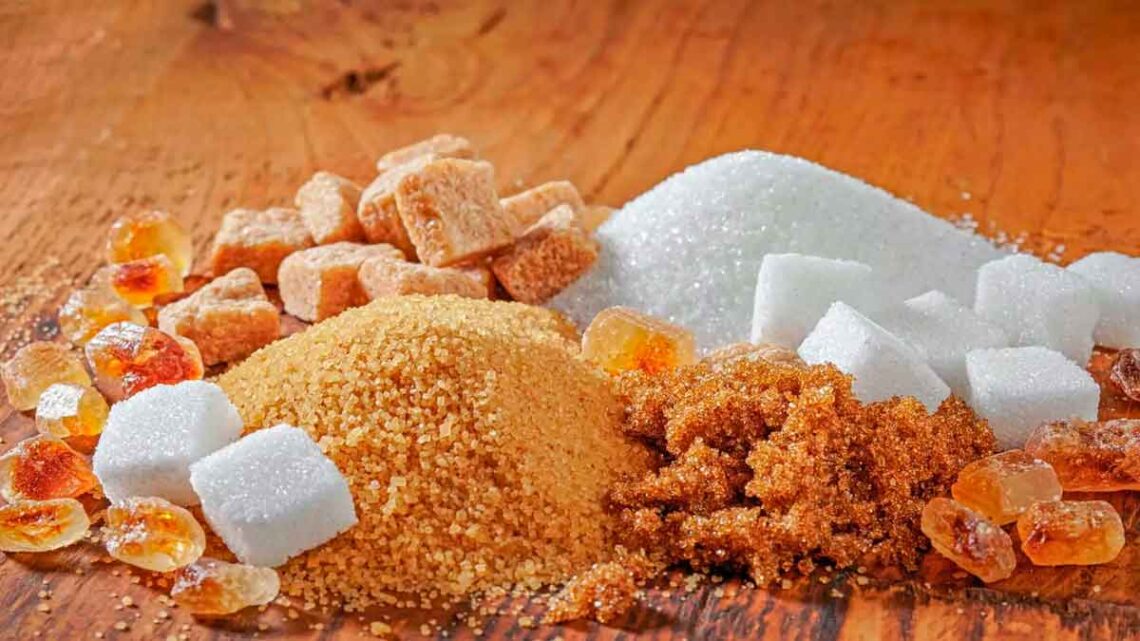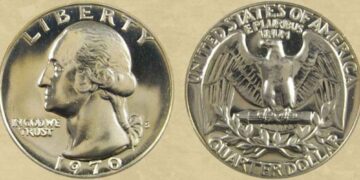It is hard to imagine a day without sugar—but how much is too much? The American Heart Association recommends that women limit their sugar intake to about six teaspoons daily; men should eat nine per day. This means about 25-36 grams, or 100-150 calories of sugar daily. By contrast, WHO sets the ceiling for sugar at 50 grams a day, with an aim at closer to 25 grams. High or low? Think about it: A 12 oz can of Coke contains 39 grams of sugar; even a “healthy” snack like a granola bar or blueberry yogurt could contain 8-14 grams of sugar. Consequently, due to these hidden sugars, most people end up exceeding their recommended daily allotments before they know it.
Hidden sugars in foods
Hidden sugars in foods—Sugar that is known to be added, unfortunately, is never so obvious; it tends to be slipped into sweets, sauces, or processed foods. Ingredient labels often cover for sugar by referring to it under another name. These are some of the most common ones with excess sugar:
- Sucrose: The name for table sugar in a scientific way.
- Glucose or dextrose: Found quite often in processed foods.
- Fructose: Found naturally in fruits and corn syrup.
- High-fructose corn syrup: A frequent addition to soft drinks.
- Maltose and lactose: Found in bread, beer, and dairy.
- Invert sugar: Derived from sucrose, it is common in candy.
- Honey, agave, maple syrup: While considered alternatives, they are naturally sugars.
Signs of consuming excess sugar
Obviously, anything with an “-ose” ending or which refers to “syrup” or “sweetener” almost always refers to sugar.
- Sugar Overconsumption Symptoms—It is not easy to identify when you are overdoing it on the sugars. Dr. Lela Ahlemann, a licensed nutrition expert, says there are five surefire signs you’re eating too much sugar:
- Aging Skin: Sugar is naturally sweet, but it sours when it comes into contact with the body. A process called glycation exchanges sugars with proteins to form Advanced Glycation End Products (AGEs), which can aggressively attack your collagen. Lower collagen levels make for more rigid fibers and saggier skin.
- Weight Gain and Constant Hunger: Sugar is high in calories but lacks fiber, which means it fails to sate your appetite, so you’ll eat more of it and pack on the pounds.
- Acne: Too much sugar spikes insulin levels and raises insulin-like growth factor 1 (IGF-1), both of which stimulate sebum production and lead to clogged pores.
- Cravings and Mood Swings: A rapid blood sugar spike followed by a rollercoaster of a crash makes your body go swinging from fatigued to frustrated.
- Inflammation and a Weaker Immune System: Some scientists think excess sugar, specifically fructose, can bypass your small intestine and make your large intestine its new happy place full of bacteria. When that bacteria gets too alive, it could commence releasing endotoxins that enter your blood and trigger inflammation. Moreover, with a weakening of your immune system, it invites infectious diseases to come in.






